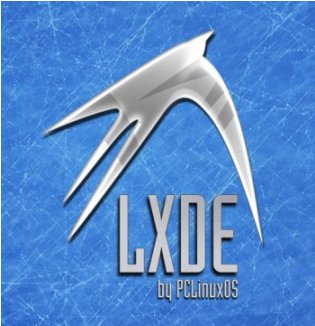| Previous
Page |
PCLinuxOS
Magazine |
PCLinuxOS |
Article List |
Disclaimer |
Next Page |
Want to run Windows in VirtualBox? for Free?
|
|
by Paul Arnote (parnote) Most Linux users are former Microsoft Windows users, and we can divide them into one of three camps. In the first camp, there are Linux users who have cut the cord with Microsoft and use Linux exclusively for all of their computing needs. The second camp contains others who aren't able to free themselves from Microsoft's grip, relying on a dual boot situation that allows them to run certain beloved Windows programs that they just can't seem to abandon. The third camp is filled with those who use Microsoft Windows in a virtual machine (e.g., VirtualBox) to run those occasional Windows programs for which there are no viable alternatives, such as U.S. income tax software installable from a CD or Windows download. (PCLinuxOS users can still use online versions of tax software such as TurboTax Online, TaxAct, and H&R Block Online. However, they will get a message saying that their browser is not supported. Simply ignore the warning.)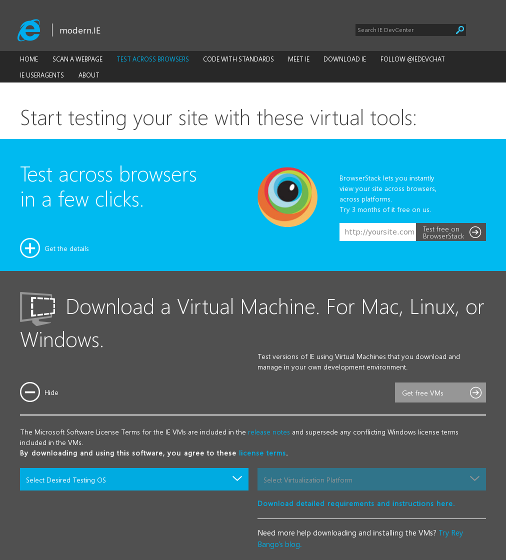 Believe it or not, that "evil empire" of Microsoft has just made it incredibly easy to run Microsoft Windows in a virtual machine ... for free! Say what?! That's right, and this is no joke. The Internet Explorer team, in an effort to foster maximum compatibility of websites across as many versions of Internet Explorer as possible, has released VirtualBox copies of Windows XP, Windows Vista, Windows 7 and Windows 8. Intended for web developers, these fully functional copies of Windows are available to anyone and everyone. Direct your web browser here: http://www.modern.ie/en-us/virtualization-tools#downloads. You will see the webpage displayed above. 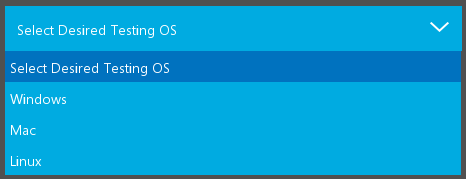 First, select the operating system platform you are running. The VirtualBox images are available for Windows, Mac and Linux users.  Currently, only VirtualBox images ("Virtualization Platform") are available for Linux. If you are using Windows as the host, there are "virtualization platform" images for Microsoft's own Hyper-V, VirtualBox, and VMWare. If you are using a Mac as host, "virtualization platform" images are available for VMWare, VirtualBox and Parallels. 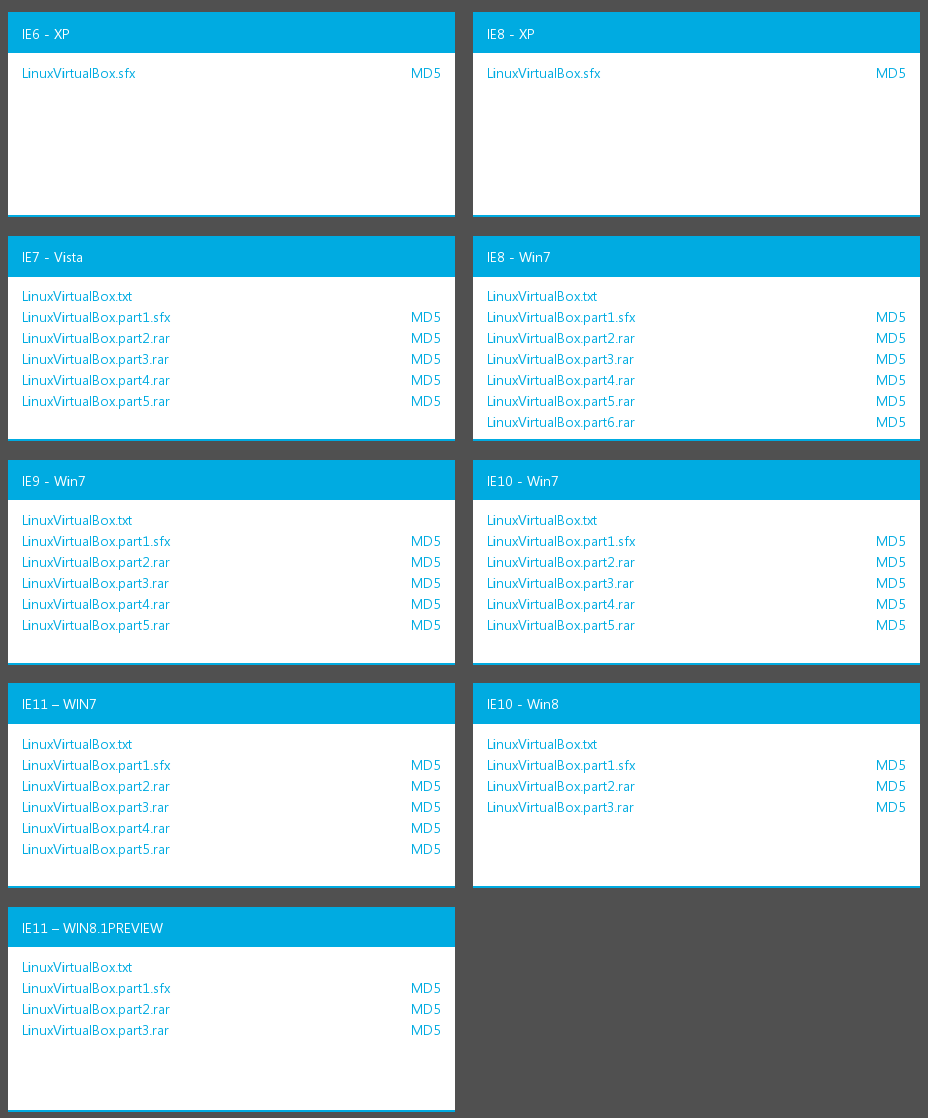 Once you select VirtualBox as your "virtualization platform," you will be given the choice of downloading the following combinations:
Only the Windows XP images are available as a single file download. All of the other virtual machine images are available as multipart, self-extracting RAR files. To download the Windows XP images, you can click on the file link on the web page. You can also enter wget https://az412801.vo.msecnd.net/vhd/IEKitV1_Final/VirtualBox/Linux/IE8_XP/IE8.WinXP.For.LinuxVirtualBox.sfx in a terminal window, for example, to download the Windows XP image with IE8. To download the multipart image files, you can download each one separately by clicking on each file in your web browser, and saving each one to your hard drive. Alternatively, you can also use the terminal to download the parts of the self-extracting RAR archive. First, change to the directory where you want to save the files, then issue the wget command, supplying the URL of the associated *.txt file for the multipart file you want to download. For example, to download Windows 7 with IE 11, you would enter the following: wget -i https://az412801.vo.msecnd.net/vhd/IEKitV1_Final/VirtualBox/Linux/ IE11_Win7/IE11.Win7.For.LinuxVirtualBox.txt This command will download all of the files in the multipart self-extracting RAR file. Just be aware that most of these virtual machine images are rather LARGE files. For example, the download of Windows 7 with IE 11 is about a 4.3 GB download. 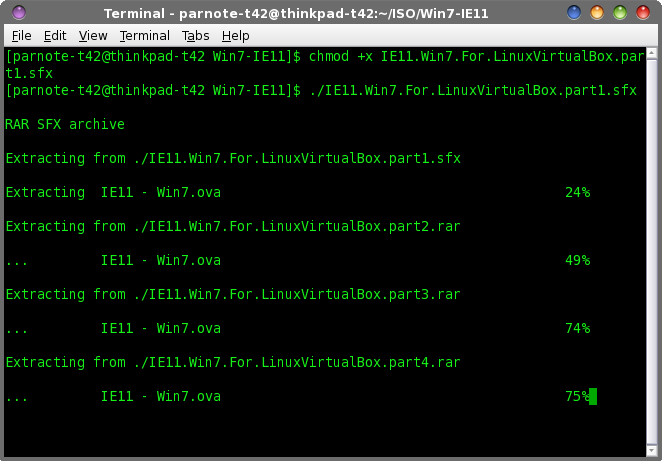 Once all of your files have downloaded, open a terminal (if you don't have it open already), change to the directory where you saved the files, and make the *.sfx file executable, by entering chmod +x IE11.Win7.For.LinuxVirtualBox.part1.sfx. Next, enter ./IE11.Win7.For.LinuxVirtualBox.part1.sfx on the command line, and let the command run until finished. The multipart RAR file will be "assembled" into a *.ova file. In the example above, the IE11 - Win7.ova file is 4.3 GB when reassembled. At this point, if you haven't already installed VirtualBox (via the Get Oracle VM VirtualBox installer in PCLinuxOS), now would be a good time to do so. Once installed, launch VirtualBox. From the VirtualBox "File" menu, select "Import Appliance..." 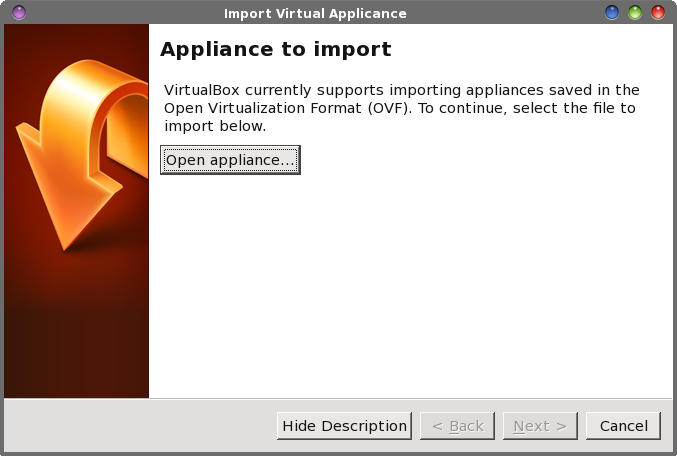 Select the "Open Appliance" button in the upper half of the dialog box. Select the Windows *.ova file that you downloaded and extracted, followed by the "Next" button.  Under the "Appliance Settings" dialog box, you can view all of the settings for the virtual machine. You can change any of the settings by double-clicking your mouse on the setting, and making your changes. Once you're satisfied with your settings, select the "Import" button.  While your new virtual machine file is being imported, you will be shown a dialog box similar to the one above. Because I'm installing this on one of my slower computers with a single core processor, it's reporting quite a long time to finish. Don't worry. The actual time until completion isn't as long as is reported. On my single processor IBM Thinkpad T42, it took about 10 minutes or so to load up the virtual machine file.  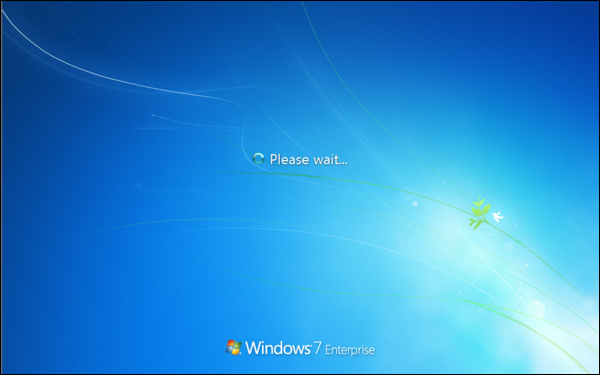  As you can see from the images, the copy of Windows 7 that I downloaded is the Enterprise edition, complete with Service Pack 1. The copies of Windows XP that are available are all reported to be complete with Windows XP Service Pack 3. Here are the recommended memory requirements for the Windows virtual machines:
You may be able to get away with less memory. I did, when I installed my copy of Windows 7 on my IBM Thinkpad T42, which is maxed out at 2 GB of RAM. I have it installed and set to use only 512 MB of RAM. It runs just as well with that limited amount of RAM in my VirtualBox installation as the much newer computers at the hospital where I work that run Windows 7, installed on bare metal. Caveats Of course, these caveats are excluding the normal, typical precautionary things that are associated with running Windows: viruses, malware, spyware, etc. Installing and running antivirus, anti-malware and anti-spyware software is a choice you will have to make for yourself, within your new Windows virtual machine. Here are the "restrictions" on the use of these Windows virtual machines:
As for "overcoming" the 90 day time limit, this recommendation comes straight out of Microsoft's PDF file containing detailed requirements and installation instructions:
So, to remove any ambiguities in the above statement, make a snapshot of your Windows virtual machine right after you install it and any programs you are planning to run. If you are getting close to the 90 day time limit, secure your files (copy them over to your host PCLinuxOS system by setting up some shared folders). Then, first clone your snapshot, then work off of the snapshot copy. This way, you will always have a pristine copy of your Windows virtual machine stored as a snapshot. Summary Even though Microsoft has a well-deserved reputation as "the evil empire" in the computing world, for those PCLinuxOS users who are interested in having a real, legal, fully-functioning copy of Windows to run in VirtualBox, this offer couldn't possibly be any better. Sure, there are other alternatives to running Windows programs under Linux, such as using tools like Wine, PlayOnLinux and Crossover. But some Windows programs simply won't run under those environments, and even if they do, some suffer from severe performance issues. Using a "reverse engineered" set of the Windows APIs, you are quite likely to experience some compatibility issues with different programs. Your milage may vary, depending on what you are expecting, wanting or needing from such an environment. Running Windows in a VirtualBox is, by far, the best solution that offers the best compatibility and stability. While it's true that Windows XP is nearing "end of life" status, for many users, Windows XP is sufficient for their uses. At some time in the future, support among software publishers will wane to being almost non-existent. I would encourage anyone who wants to download a copy of Windows XP to also take the extra time to download a copy of Windows 7 -- even if you don't plan on using it any time soon. That way, you add some insurance for that eventual day when Windows XP will no longer serve the purposes you need, because of lack of support from not only Microsoft, but also software vendors. |




